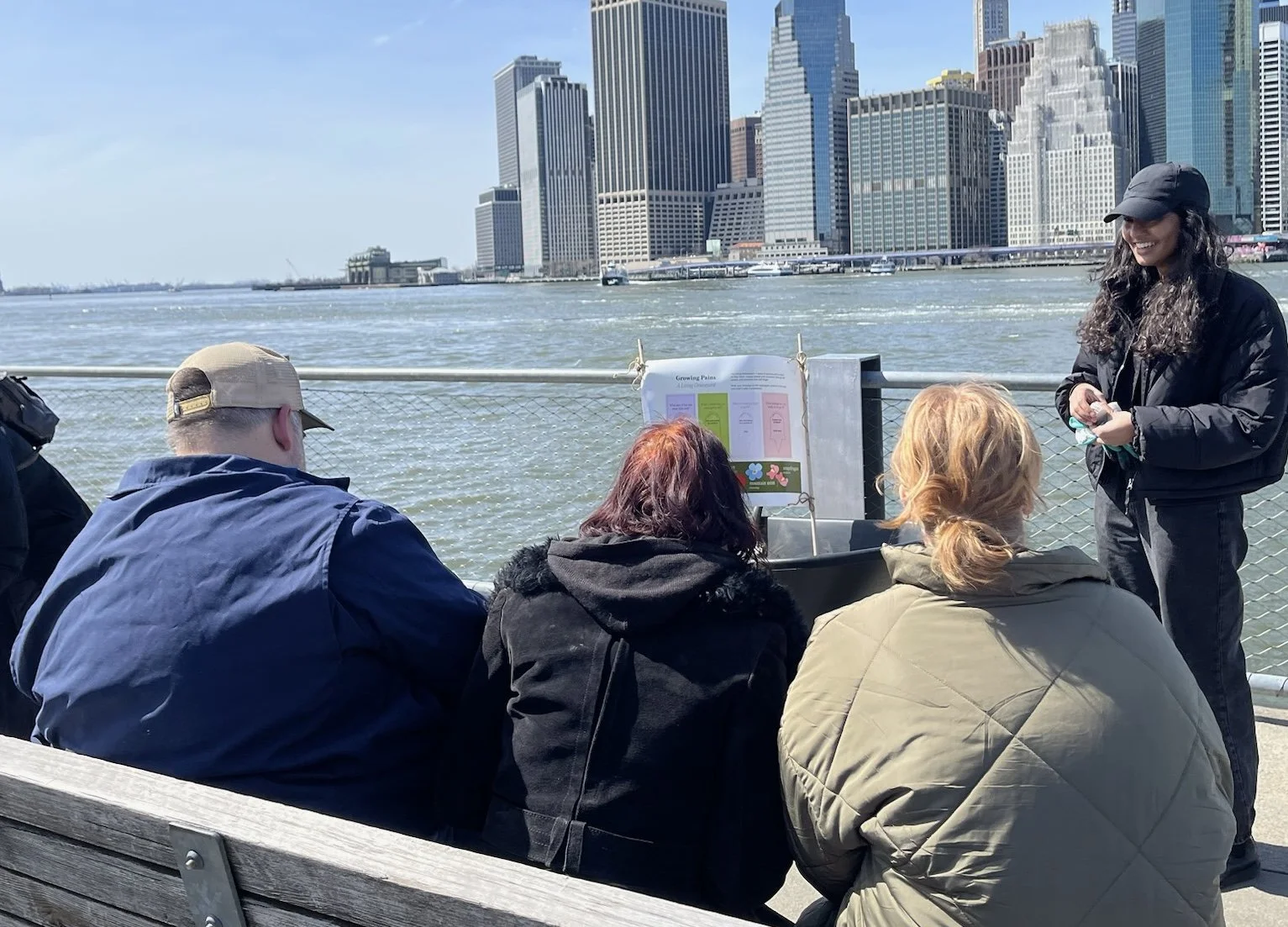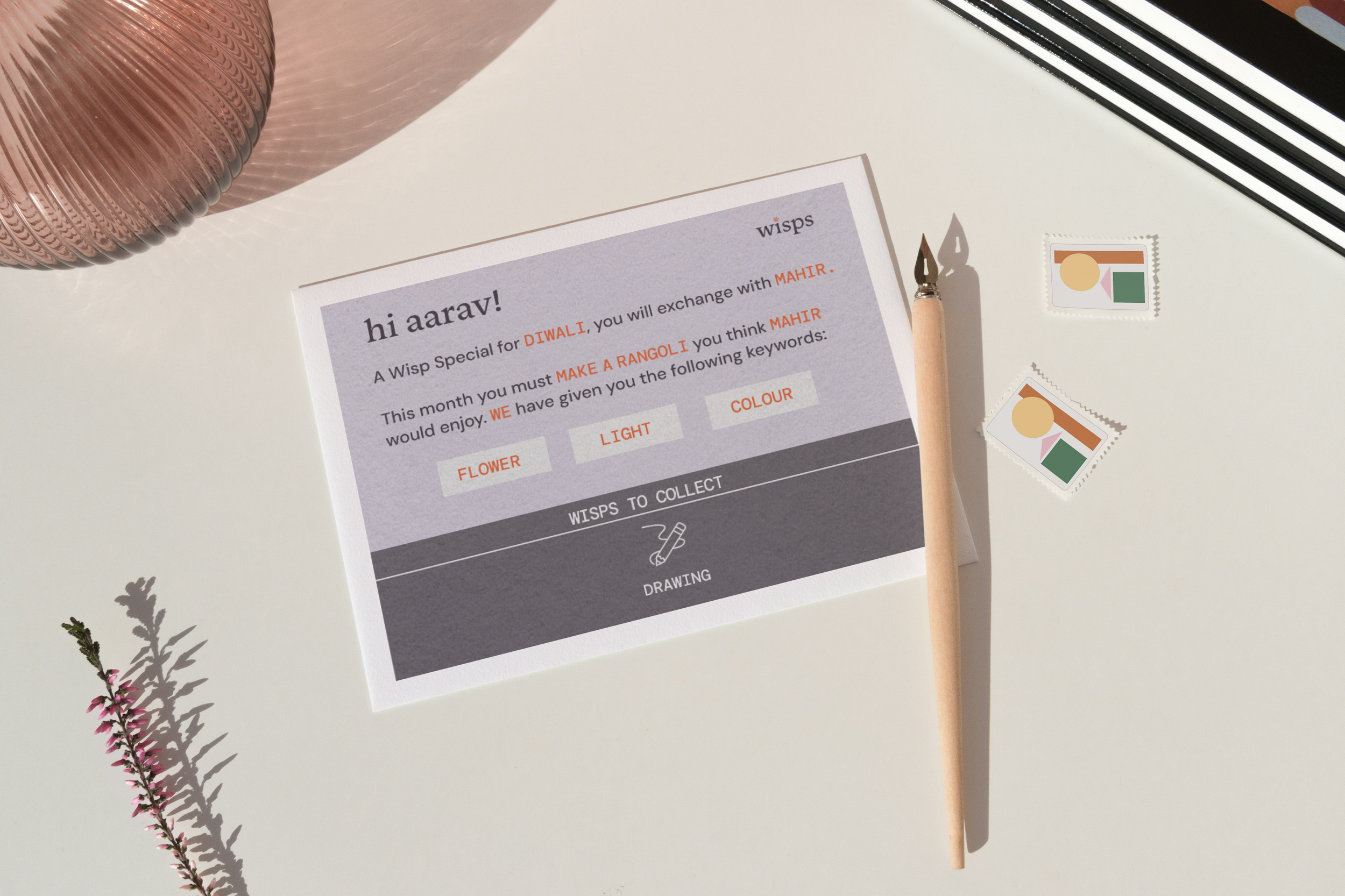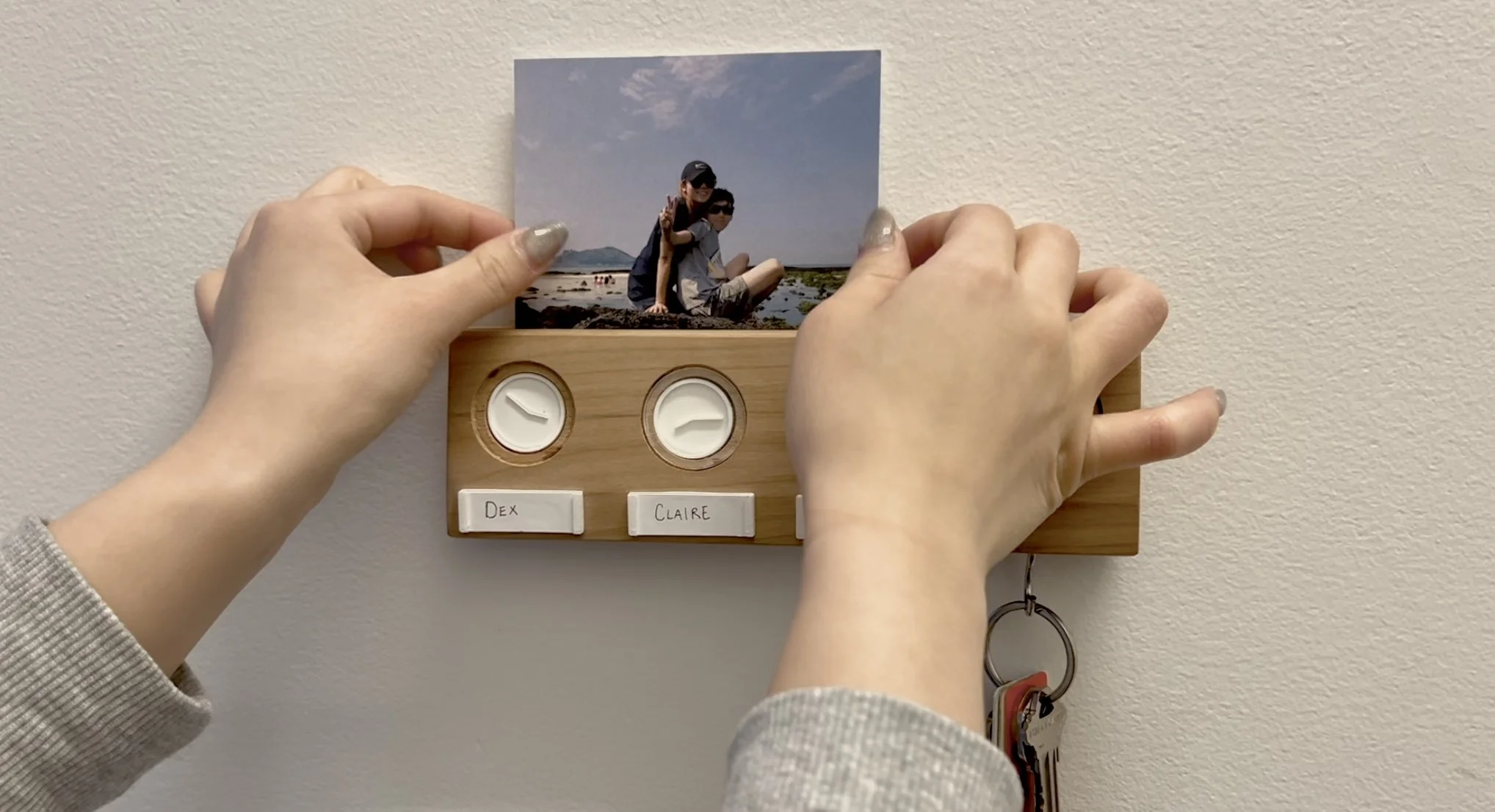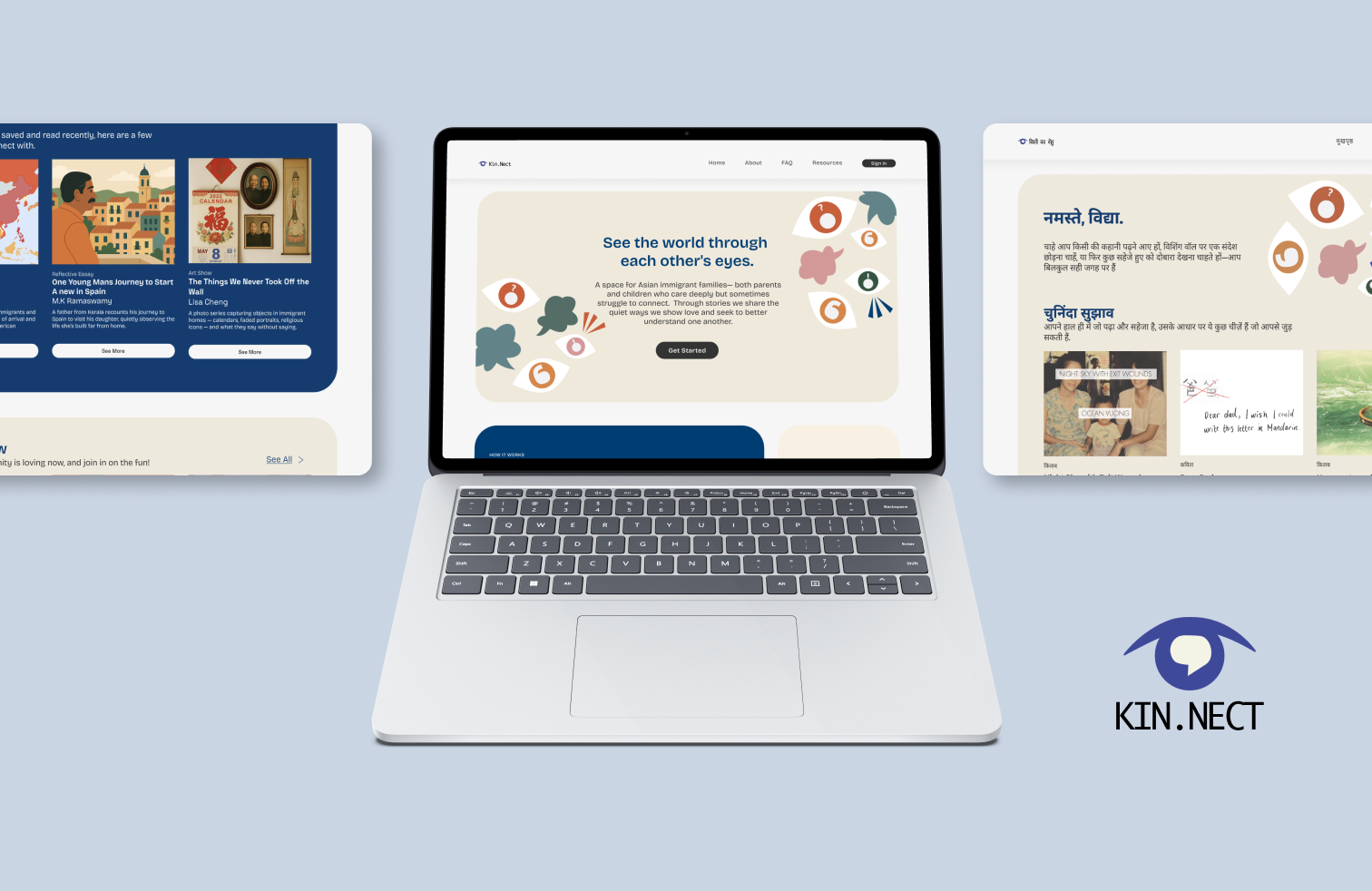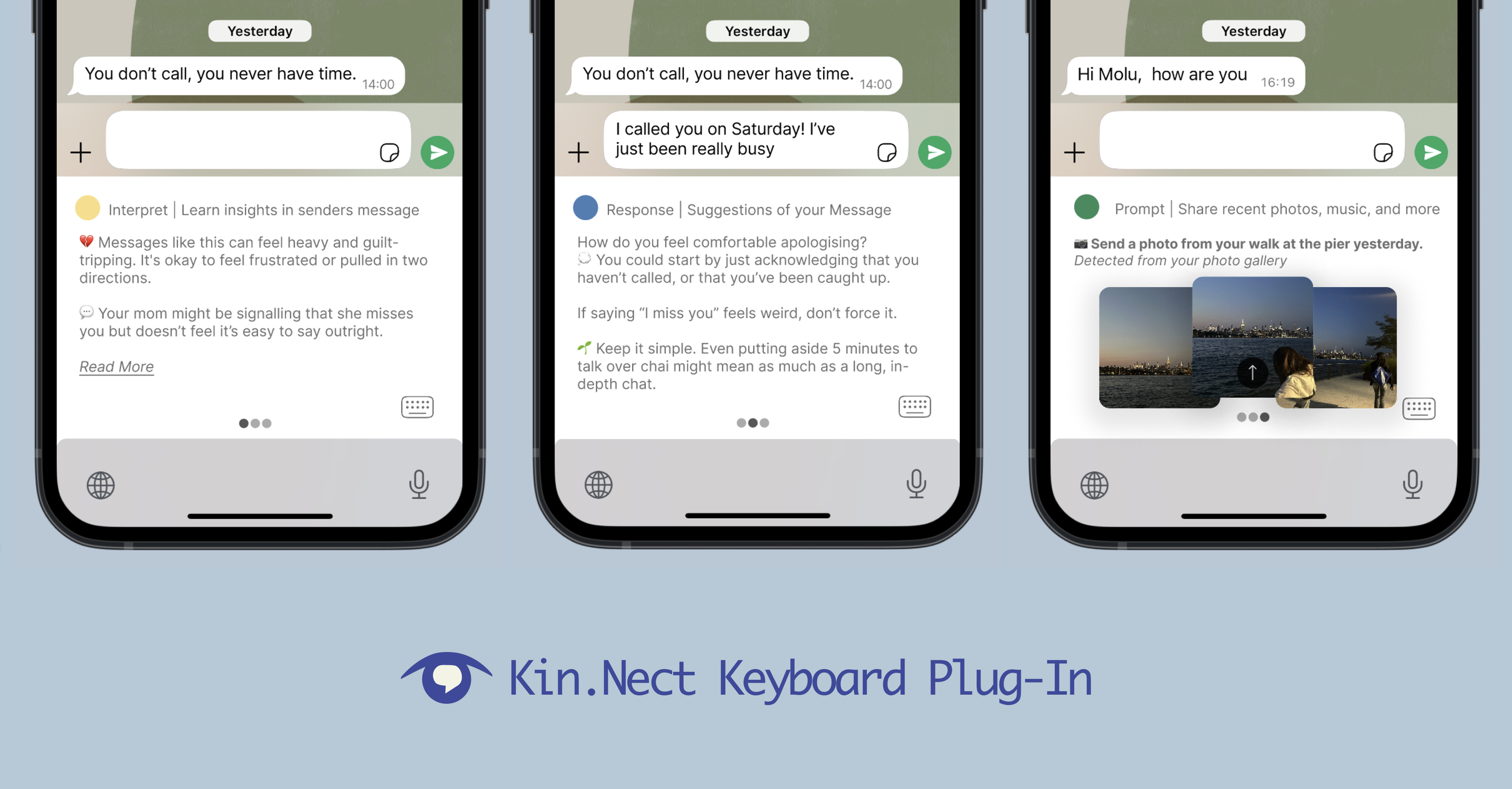Lost in Translation: Rethinking Acts of Care Across Distances
Harsha Pillai’s thesis, Lost in Translation: Rethinking Acts of Care Across Distances, probes a deceptively simple question: what does it mean to feel close to someone when you live oceans apart? Centered on the emotional and cultural gaps that emerge in Asian immigrant families, the work argues that reconnection often begins with recognition, not resolution.
What does it mean to feel close to someone when you live oceans apart?
Born in Switzerland to Indian parents, raised in Germany, and now based in the United States, Harsha brings a distinctly cross-cultural lens to themes of guilt, care, and belonging. She observes how, as young adults move away, everyday connection turns transactional—and a quieter grief of being misunderstood starts to surface.

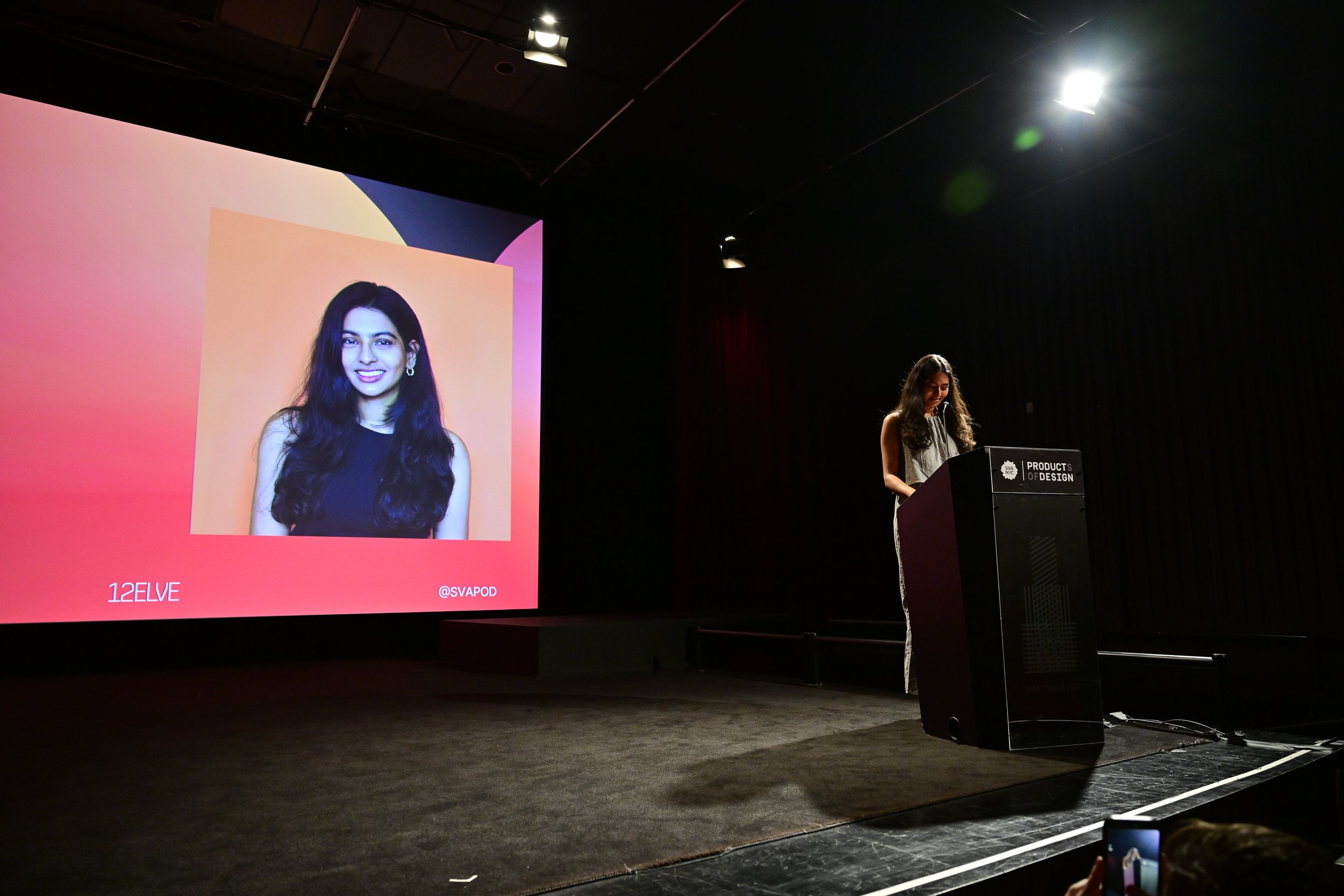


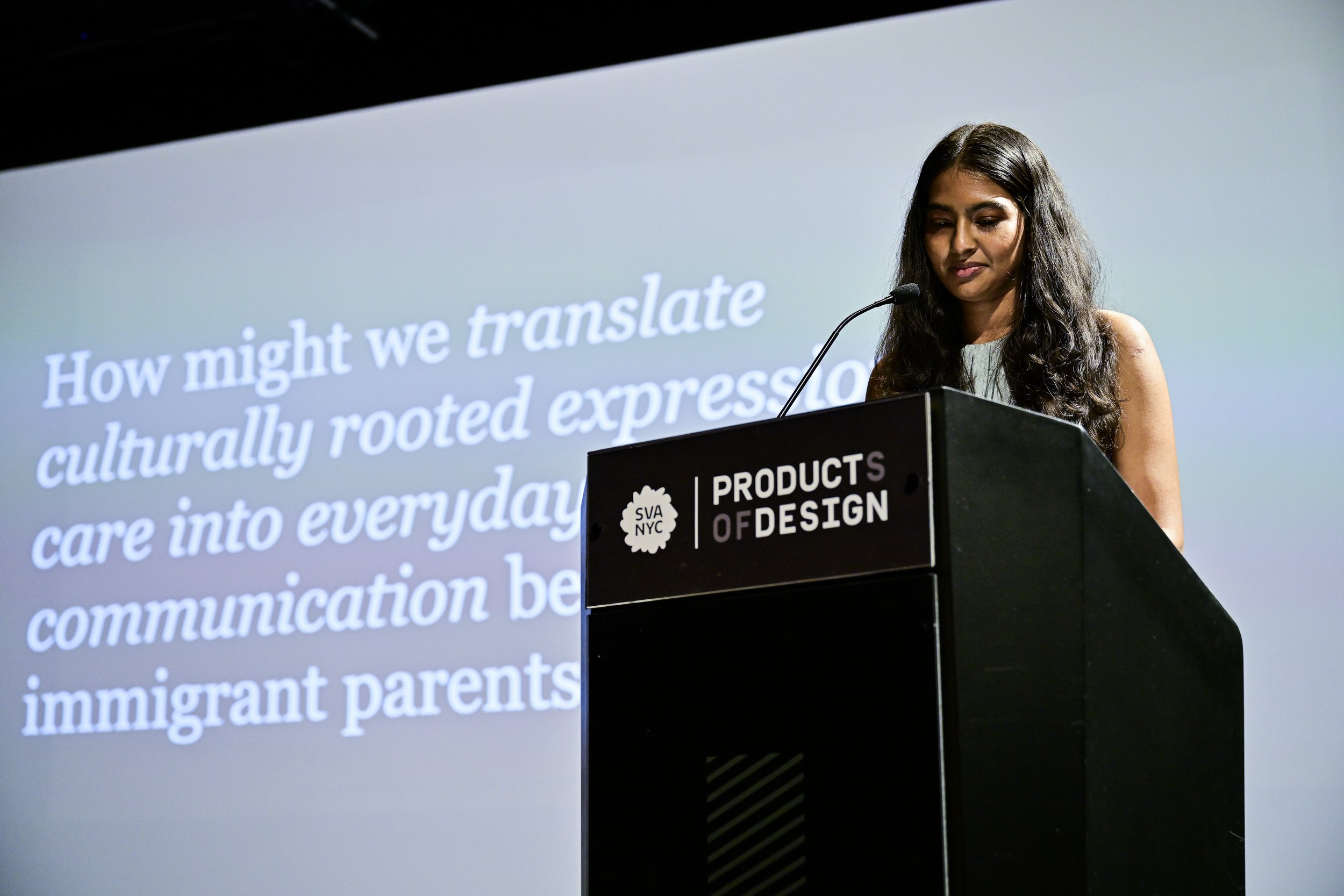
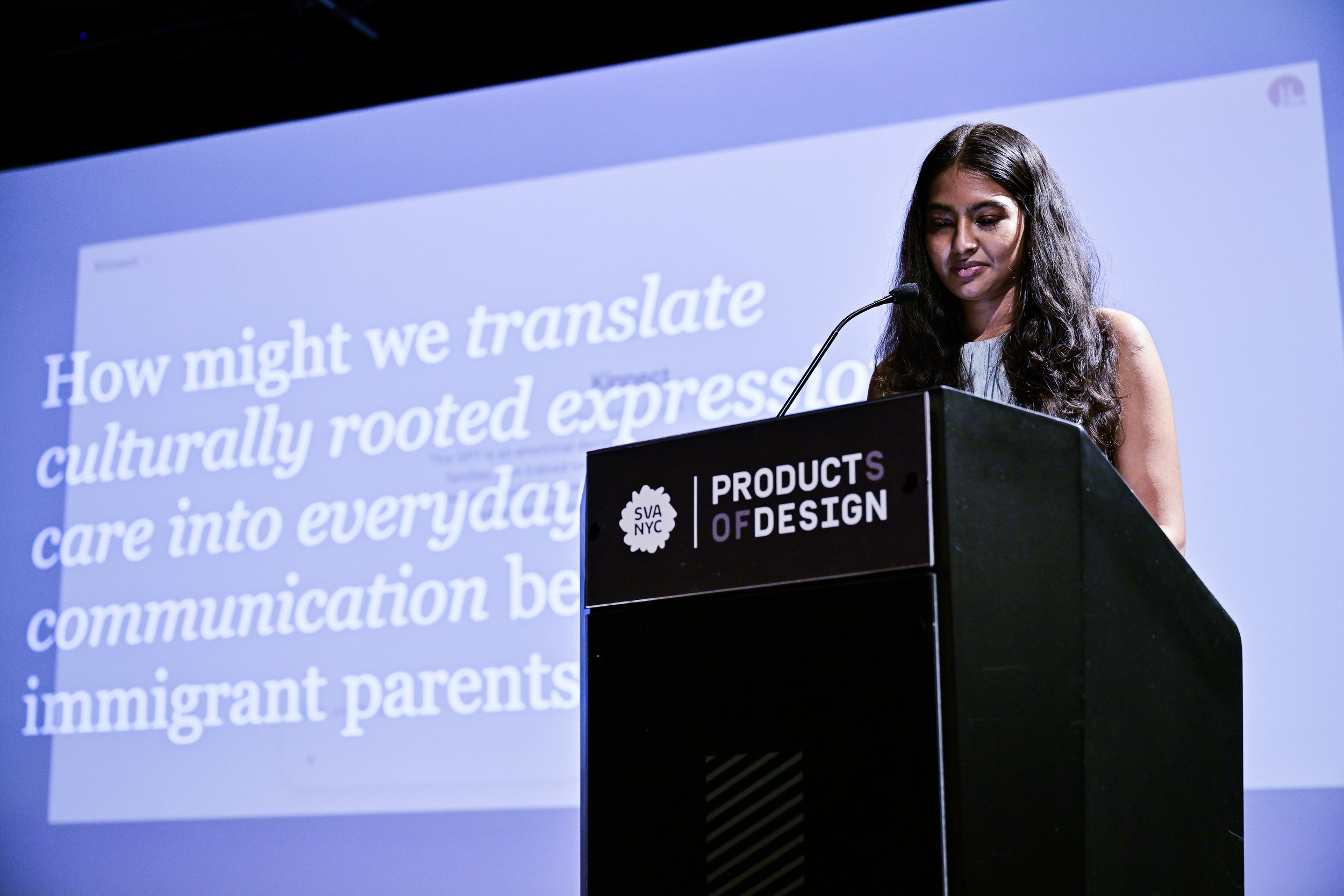

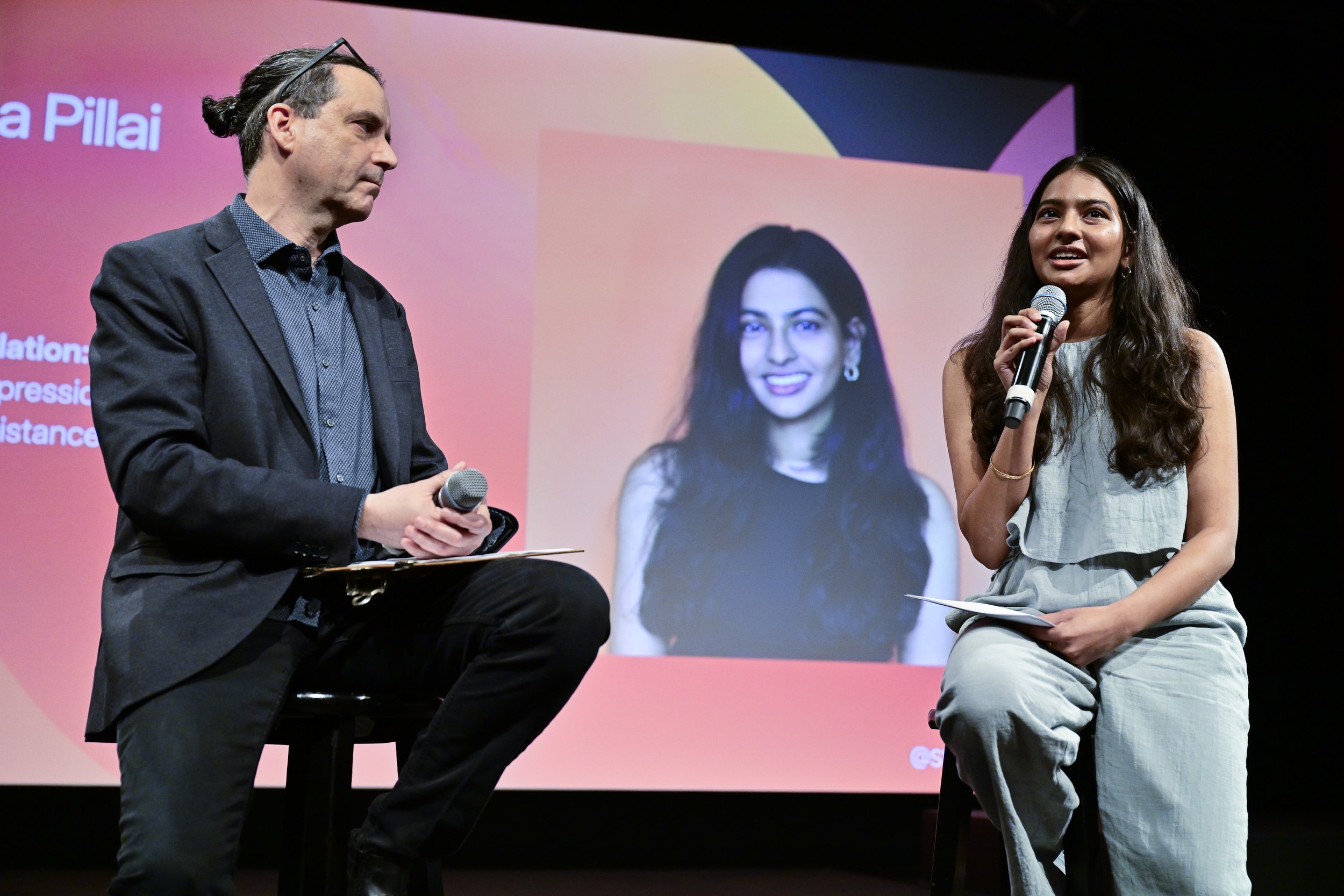
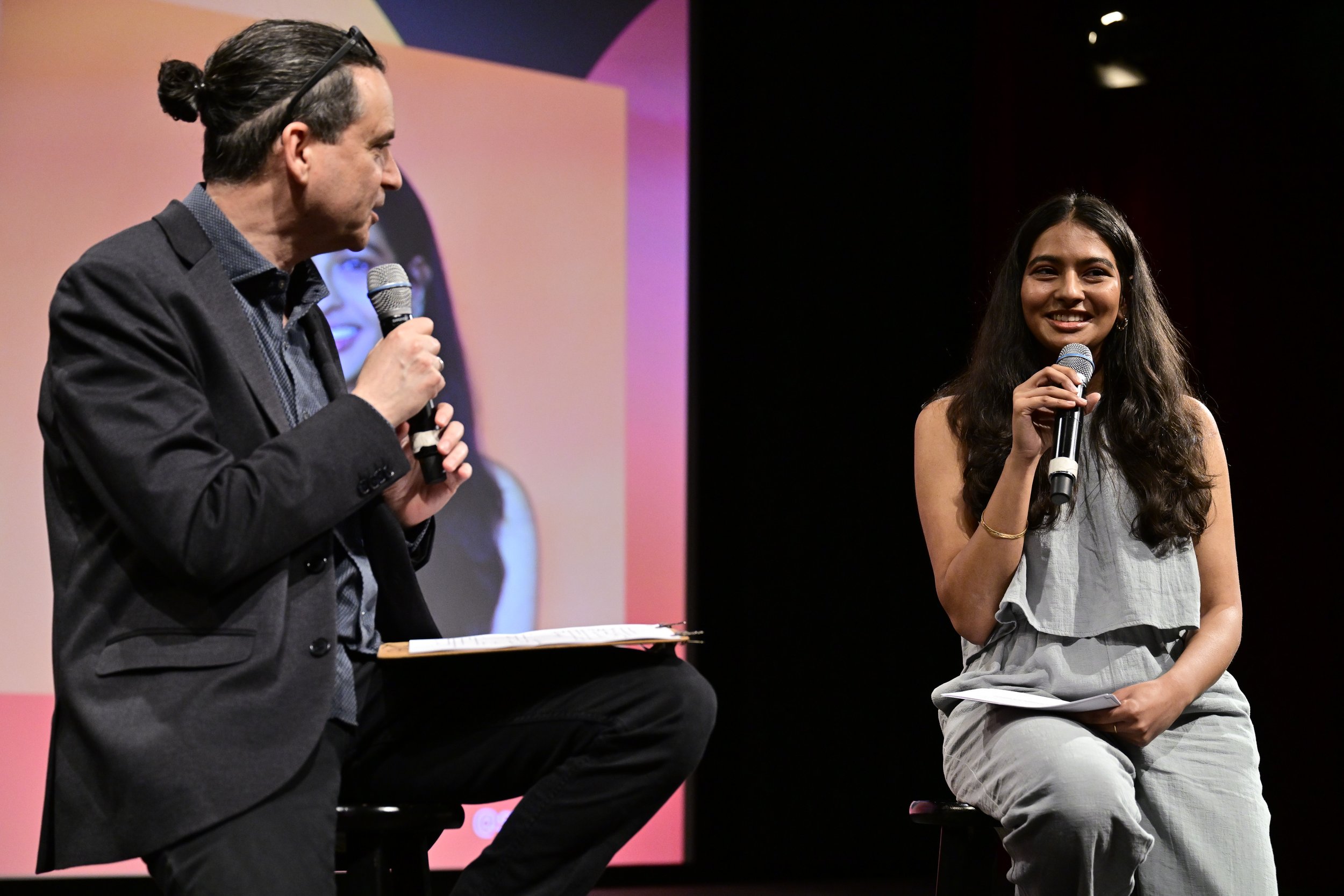
Guided by four emotional frames—grief, memory, presence, and understanding—Harsha’s design interventions act as invitations rather than prescriptions. From collective rituals to tactile artifacts, each project reimagines how care might be expressed when words falter and emotional fluency misaligns. Lost in Translation ultimately searches for a shared language of gestures and rituals that can make care visible again, even across vast distances.
The Grieveyard
Grief doesn’t always look like mourning. Sometimes, it’s the quiet ache of growing apart from family, the slow erosion of connection over time, or the guilt of opportunities gained at the cost of distance. “For many immigrants, grief is not one single event—it’s cumulative,” Harsha explains. “It’s the early goodbyes at airports, the birthdays missed, the phone calls that get shorter, and the holidays that no longer feel like home. It’s the subtle, ongoing sadness of change that couldn’t be stopped—and the recognition that closure may never arrive in the form we hoped for.
”This wasn’t about fixing grief—it was about witnessing it, holding it, and letting it transform.”
To honor these invisible, unspoken losses, Harsha designed Living Grieveyard—a participatory grief ritual rooted in nature, memory, and slowness. Participants are invited to write reflections, memories, or unresolved feelings on biodegradable seed paper. These notes are then planted in soil, allowing new life to emerge where something once felt lost. The experience reframes grief as a form of care—something to be tended to, not pushed aside.
The Living Grieveyard appeared as a pop-up installation at Brooklyn Bridge Park—nestled inside a repurposed wheelbarrow. This mobile grief garden, modest in form but rich in intention, invited passersby to pause, reflect, and plant a message of loss. A few planted notes for people they hadn’t spoken to in years. What began as a personal reflection space quickly revealed itself to be something more: a public ritual.
Following the experience, Grieveyard took root at Poplar Street Community Garden as a semi-permanant exhibition. In this shared space, the project continues to grow—both literally and symbolically. Participants are invited to leave new reflections, or witness the small blooms rising from what others have buried, and feel a sense of togetherness in this new reflective space for both hope and grief.
As seasons pass, Grieveyard remains a gentle reminder that healing doesn’t require resolution—it just needs room.
Wisps
In long-distance relationships, memory often feels like something that happens after someone is gone. But what if memory could be something we built in real time—something active, embodied, and shared? Wisps reimagines memory as a living practice, one that allows long-distance family members to remain connected not just through words, but through presence, ritual, and small acts of care.
What if memory wasn’t about looking back—but about carrying each other forward?
Each Wisp prompts a simple act of embodied memory. For example, prompts might say “Walk through a place they would love” or “Pick up a stone from a trail you wish you could hike together”or “Find a matchbox of a restaurant you know they would love.”
Participants respond to the prompts by collecting ephemeral objects—a receipt, a coin, a fallen leaf. These fragments are then sent in small, curated parcels to their loved ones. Over time, these objects form a tactile archive of mutual care. It’s not just about reminiscing—it’s about living intentionally, across distance.
During a testing session, one participant shared: “Doing a Wisps task would make me feel like I’m carrying them with me.”
The system works as a rotational exchange: participants are paired with a different family member or loved one each month. They exchange tasks, send their collected Wisps, and receive someone else’s in return. The experience becomes cyclical, reflective, and deeply personal. By treating memory as an embodied ritual, Wisps offers a soft resistance to disappearance. It helps us hold on—not to the past, but to the people we hope to carry into our future.
Anchor
Anchor is a smart keychain system designed to create quiet moments of connection between family members living apart—whether physically distant or emotionally out of sync. When one person hangs up their keys, their paired Anchor softly lights up in their loved one’s space, signaling, without words: I’m home.
Instead of relying on phone notifications or direct communication, Anchor offers a phatic gesture—a small but meaningful sign of presence. These ambient signals are especially powerful in Asian immigrant families, where affection is often expressed indirectly, through action rather than explicit dialogue. “In high-context cultures, presence is a language of its own,” Harsha explains. In these families, care is often shown through food, waiting up, or quietly noticing a routine. Anchor transforms that same cultural logic into a piece of ambient technology that makes love feel present—without demanding anything in return.
Early on, Harsha reflected on her own discomfort with daily check-ins, even with people she loves. Through interviews and cultural research, I found I wasn’t alone. Many participants shared that even the smallest moments of arrival—coming home, being safe—could feel difficult to share due to burnout, emotional distance, or mismatched expectations.
To honor those boundaries, Anchor includes a delay dial. When a user returns home, they can turn the dial to choose how long to wait before their paired Anchor lights up. It offers control over when presence is shared, making space for rest and decompression before reaching out.
The dial says: I’m here, just not ready yet—and that’s okay.
Whether it's five minutes or an hour, the gesture remains—on the user’s own terms. Anchor supports care that’s non-verbal, non-performative, and deeply intentional.
“When I began ideating on smart objects, I wasn’t interested in adding another device that demanded attention,” Harsha says of the the project. “I was more curious about how technology could take on the role of emotional infrastructure—subtle, supportive, and culturally aware.” She sketched speculative concepts like a lamp that only turned on when two people placed their phones down at the same time, or a tea kettle that activated only when both users were home. These weren’t about utility—they were about ritual. Each idea explored how physical action could replace verbal check-ins, especially in families where love isn’t always spoken aloud. This phase helped her define a key design value for Anchor: it shouldn't ask for more attention, but instead, give attention quietly.
Kinnect
Kinnect is a digital archive designed to build emotional understanding across generations in Asian immigrant families. It collects letters, reflections, artwork, and memories from a wide range of community voices—organized by perspective. Users explore emotional experiences from the viewpoint of parents or children, creating space to see familiar struggles and hopes through new eyes.
Rather than asking families to share their own private histories, Kinnect offers a shared archive of common emotions: stories of sacrifice, distance, love, regret, pride, and growth. By engaging with reflections from others, users gain insights into experiences that often remain unspoken within their own families.
Built on this archive, Kinnect also offers a lightweight keyboard extension that supports everyday conversation. As users text or message loved ones, Kinnect draws from the emotional database to suggest small prompts—like sending a photo when words feel difficult, or offering a check-in nudge when tone feels uncertain. Rather than acting as a chatbot or therapist, Kinnect stays quietly in the background, encouraging connection without pressure.
Kinnect emerged from research on cross-cultural communication, emotional norms in diasporic families, and the challenges of maintaining closeness across distance and cultural change. It is designed to meet families where they already are—in the spaces of daily life—offering new ways to recognize, respect, and reconnect with each other. As migration continues to reshape how families stay close, Kinnect offers a new form of emotional infrastructure: an archive of shared humanity, accessible across time, culture, and distance.
For a deeper look into Harsha’s thesis process, research, and reflections, explore the following links:
Thesis Repository on Notion – a comprehensive archive of Harsha’s thesis development
Thesis Blogposts on Medium – extended reflections and insights


